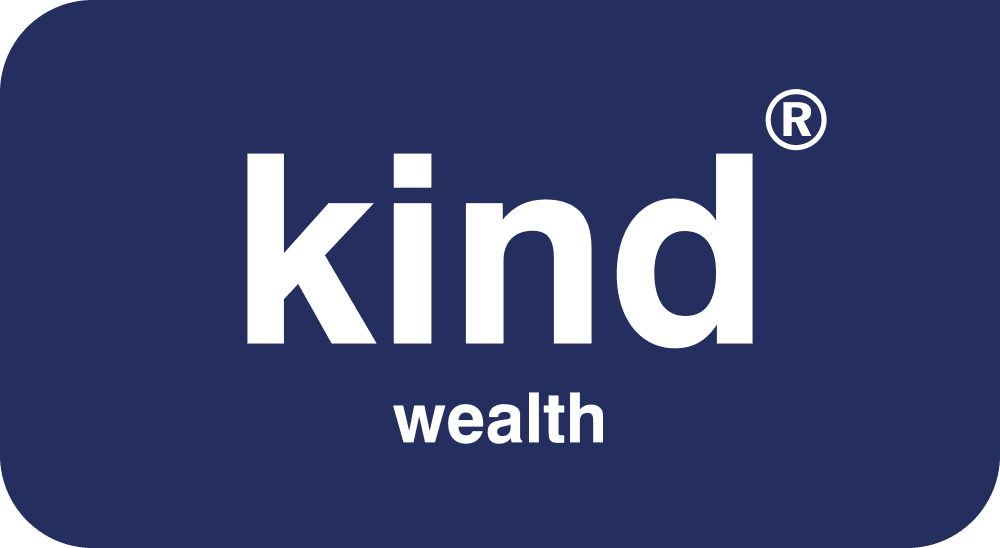Our monthly economic review is intended to provide background to recent developments in investment markets as well as to give an indication of how some key issues could impact in the future.
It is not intended that individual investment decisions should be taken based on this information; we are always ready to discuss your individual requirements. We hope you will find this review to be of interest.
Recent signs of economic resilience
While the latest Gross Domestic Product (GDP) statistics revealed that the UK economy stagnated in February, recent survey evidence paints a more positive picture with signs of ‘encouraging resilience’ and ‘growth momentum.’
Official data released last month by the Office for National Statistics (ONS) showed that the economy saw no growth during February. ONS said that a strong rise in construction activity had been offset b a contraction in the services sector which was hit by a series of strikes by public sector workers, including teachers and civil servants.
Despite February’s flat performance, an upward revision to January’s growth figure from 0.3% to 0.4%, means that the UK is now likely to avoid a contraction across the first quarter of this year as a whole. Indeed, in the three months to February, the economy actually expanded by 0.1%.
Responding to the GDP data, Chancellor Jeremy Hunt said that the numbers showed there is “absolutely no room for complacency.” However, he did note that the economic outlook was “brighter than expected” and said that the UK does now seem “set to avoid recession.”
Survey data released towards the end of last month added to signs that the UK may now defy forecasts of an impending recession. The preliminary headline figure from the S&P Global/CIPS UK Purchasing Managers’ Index, for instance, rose from 52.2 in March to 53.9 in April. This represents the strongest reading for a year and was the third consecutive month that the figure had been above the 50 threshold that denotes growth in private sector output.
Commenting on the survey’s findings, S&P Global Market Intelligence’s Chief Business Economist Chris Williamson said, “The key takeaway is that the economy as a whole is not only showing encouraging resilience but has gained growth momentum heading into the second quarter.”
Official data released last month by the Office for National Statistics (ONS) showed that the economy saw no growth during February.
Inflation remains stubbornly high
The latest official consumer prices data showed that the UK headline rate of inflation remains in double digits, making it more likely that the Bank of England (BoE) will sanction another base rate hike at its forthcoming monetary policy meeting.
Data released last month by ONS revealed that the Consumer Prices Index (CPI) 12-month rate – which compares prices in the current month with the same period a year earlier – stood at 10.1% in March. Although this was lower than the previous month’s figure of 10.4%, it was well above the 9.8% predicted in a Reuters poll of economists and the 9.2% forecast that had been released by the BoE in February.
ONS said the largest downward pressure on March’s rate came from the transport sector as the price of motor fuels continued to decline. Further sharp rises in the cost of food, however, saw the CPI rate remain at a stubbornly high level, with prices across the food and non-alcoholic drinks category rising by 19% in the year to March, the fastest rate of increase for over 45 years.
March’s inflation statistics were the last significant data release before the BoE’s Monetary Policy Committee (MPC) next convenes and policymakers would have been disappointed not to have seen a more significant drop in inflationary pressures. The MPC is scheduled to announce its interest rate decision on 11 May with analysts now typically expecting another quarter percentage-point rise.
Recent comments made by BoE Deputy Governor Dave Ramsden appeared to confirm his desire to raise rates. Writing in The Times, the MPC member said, “When I look at where inflation is and where it needs to get to, I’m more focused on making sure that (we) stay the course in terms of the monetary policy decisions needed to get inflation back to target.”
Rain dampens retail sales figures
Official data shows that sales volumes fell by a greater-than-expected amount in March with retailers blaming poor weather conditions for a reduction in shopper numbers.
The latest ONS statistics revealed that total retail sales volumes fell by 0.9% in March compared to the previous month’s figure. This decline was driven by the sixth-wettest March on record, which hit clothing retailers and garden centres, while food store sales also fell as consumers continued to be hit by soaring prices and shortages of some products.
ONS Director of Economic Statistics Darren Morgan, however, noted that the broader trend was less subdued than March’s figures alone suggest. Mr Morgan said, “A strong performance from retailers in January and February means the three-month picture shows positive growth for the first time since August 2021.”
Data from GfK’s latest Consumer Confidence Index also points to rising consumer optimism. The headline index increased for the third month in a row to reach -30 in April; this was six percentage points higher than March and the strongest reading since February last year. Consumers’ expectations for the economy and prospects for their personal finances both rose, along with shoppers’ willingness to make expensive purchases.
Further fall in job vacancies
The latest batch of employment statistics revealed a rise in the rate of unemployment and a fall in the number of job vacancies reflecting softer conditions in the labour market.
During the December to February period, the unemployment rate edged up to 3.8%, from 3.7% in the previous three months, to reach its highest level since the second quarter of 2022.
The labour market update also revealed that the total number of job vacancies fell for the ninth month in a row, falling by 47,000 in the January to March period. ONS said that companies had blamed ‘economic pressures’ as a factor for holding back on hiring new staff, although the statistics agency also noted that vacancy numbers still remain at a historically high level.
There was, however, a rise in the number of people looking for work principally driven by more young people leaving full-time education to find a job. In the three months to February, the employment rate edged up to 75.8%, 0.2 percentage points higher than in the previous three-month period, reflecting growth in the number of part-time employees and self-employed workers.
The latest ONS statistics revealed that total retail sales volumes fell by 0.9% in March compared to the previous month’s figure.
Important Information
All details are correct at the time of writing (02 May 2023).
It is important to take professional advice before making any decision relating to your personal finances. Information within this document is based on our current understanding and can be subject to change without notice and the accuracy and completeness of the information cannot be guaranteed. It does not provide individual tailored investment advice and is for guidance only. Some rules may vary in different parts of the UK.
Approver Quilter Financial Services Limited & Quilter Mortgage Planning Limited. 10/05/23.



